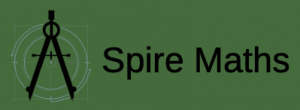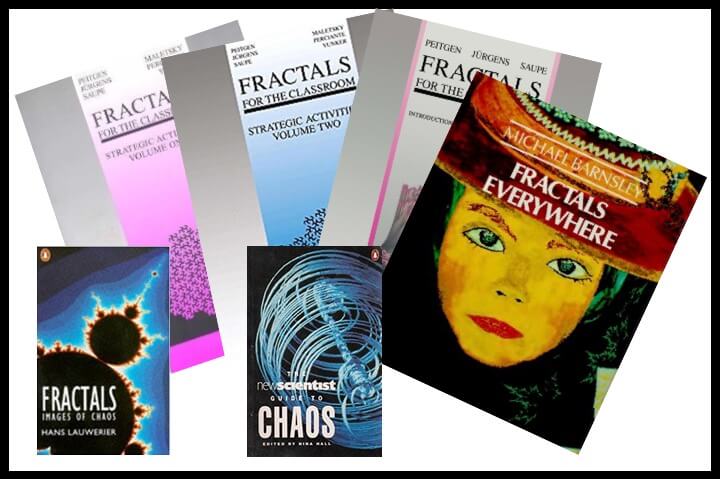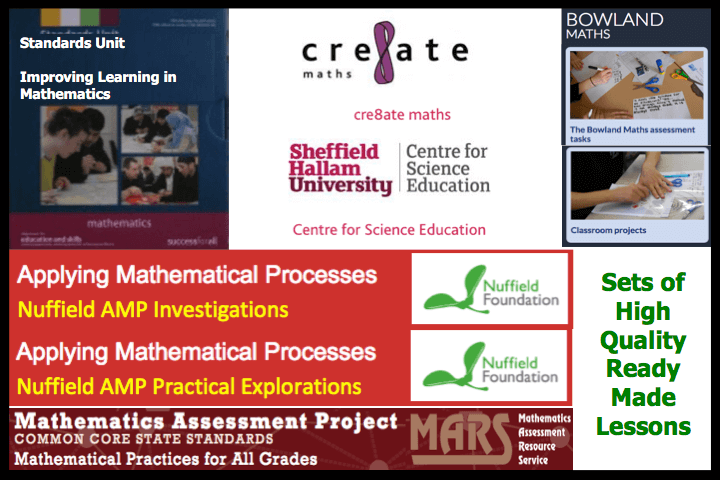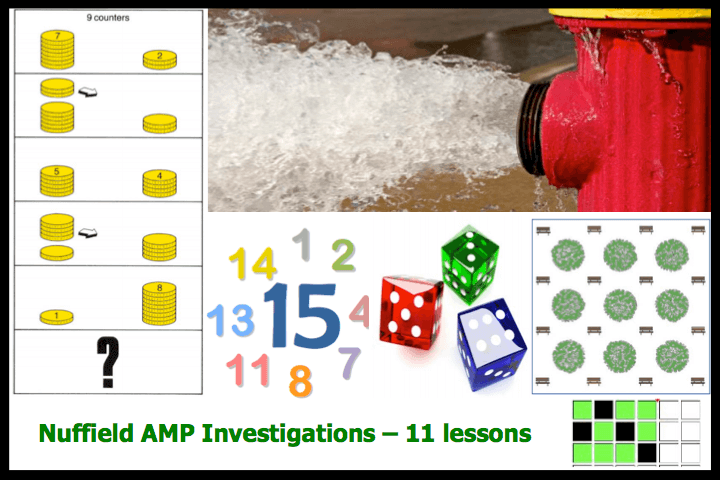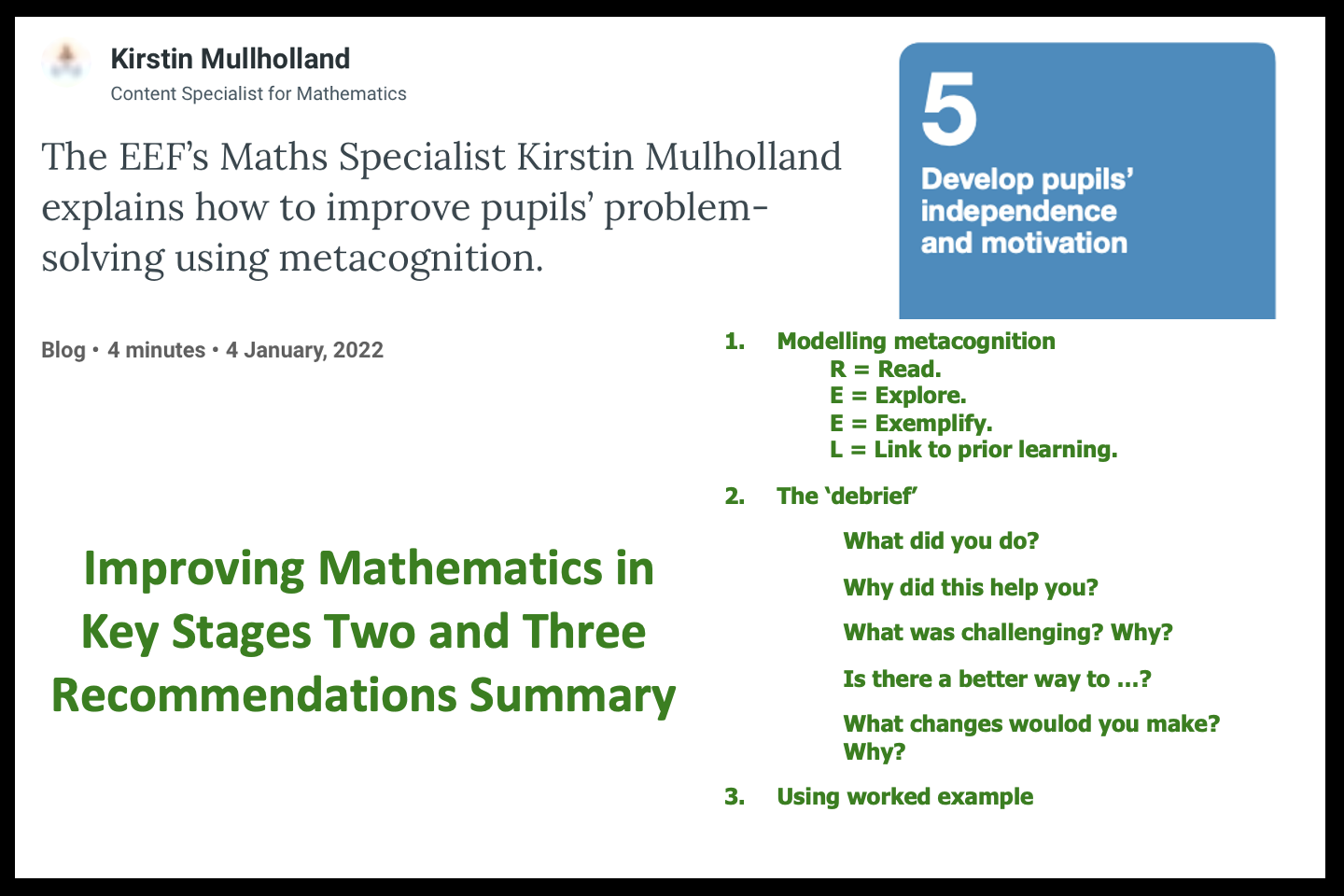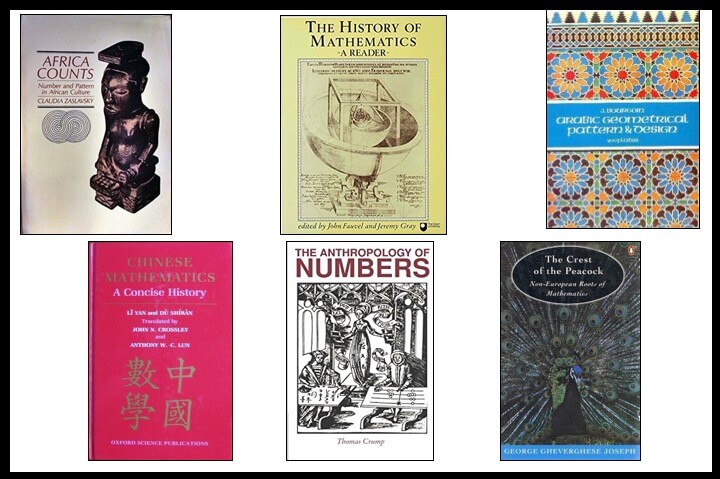
I’ve learnt a lot about mathematics and its history around the world from these books. Of these six books there are four key books here:
- Zaslavsky’s book on African mathematics
- Crossley and Lun’s translation of a classical Chinese text
- Joseph’s book looking at non-European mathematics and
- Fauvel and Gray’s readings about ‘Western’ mathematics
Further information about each with links to buy from Amazon.
Africa Counts: Number and Pattern in African Culture (ISBN 0 88208 104 7)
“This fascinating study of mathematical thinking among sub-Saharan African peoples covers counting in words and in gestures; measuring time, distance, weight, and other quantities; manipulating money and keeping accounts; number systems; patterns in music, poetry, art, and architecture; and number magic and taboos. African games such as mankala and elaborate versions of tic-tac-toe show how complex this thinking can be. An invaluable resource for students, teachers, and others interested in African cultures and multiculturalism, this third edition is updated with an introduction covering two decades of new research in the ethno-mathematics of Africa.”
Click here to search for book on Amazon
Arabic Geometrical Pattern and Design (ISBN 0 486 22924 6)
“Islamic art forbids the representation of the human figure, translating artistic impulse into elaborate geometric patterns and linear designs. The 190 examples in this book include hexagon, octagon, dodecagon designs; stars, rosettes and squares, in many combinations, these fundamental shapes generating hundreds of different patterns. Dotted construction lines are supplied for sections of the plates.”
Click here to search for book on Amazon
Chinese Mathematics: A Concise History (ISBN 0 19 858181 5)
“The mathematical developments in China over a period of more than 2000 years are presented in more detail than has previously been available in English. Horner’s method, Bezout’s theorem, and other important results were obtained centuries earlier than they were in the West. The reader will find these and other familiar results presented in a very different context from the Western Euclidean framework. In Chinese mathematics the emphasis is on algorithms rather than proofs. With the assistance of the surviving junior author, Du Shiran, the translators have retained the Chinese point of view while supplementing the text with short explanatory comments and references to all the available, relevant material written in western languages (chiefly English). Brief appendices on the history and language of China, together with extensive bibliography, should make this a useful source book.”
Click here to search for book on Amazon
The Anthropology of Numbers (ISBN 0 521 43807 1)
“Numbers are an important feature of almost all known cultures. In this detailed anthropological study, Thomas Crump examines how people from a wide range of diverse cultures, and from different historical backgrounds, use and understand numbers. By looking at the logical, psychological and linguistic implications, he analyses how numbers operate within different contexts. The author goes on to consider the relationship of numbers to specific themes, such as ethnoscience, politics, measurement, time, money, music, games and architecture. “
Click here to search for book on Amazon
The Crest of the Peacock: Non-European Roots of Mathematics (ISBN 0 14 012529 9)
“From the Ishango Bone of central Africa and the Inca quipu of South America to the dawn of modern mathematics, The Crest of the Peacock makes it clear that human beings everywhere have been capable of advanced and innovative mathematical thinking. George Gheverghese Joseph takes us on a breathtaking multicultural tour of the roots and shoots of non-European mathematics. He shows us the deep influence that the Egyptians and Babylonians had on the Greeks, the Arabs’ major creative contributions, and the astounding range of successes of the great civilizations of India and China.”
Click here to search for book on Amazon
The History of Mathematics: A Reader (ISBN 0 333 42791 2)
“This book contains a wide selection of readings in the history of mathematics from earliest times to the twentieth century. The variety if siurces chosen illuminates several different approaches to the subject that range from discussion of the origins of counting to the application of electronic computers and from Euclid’s Elements to Cantor’s continuum hypothesis. Mathematicians reflect on the nature and purpose of their art, on what it is about, and how is should be taught. Several biographical entries and many discussions by historians of mathematics are included.”
